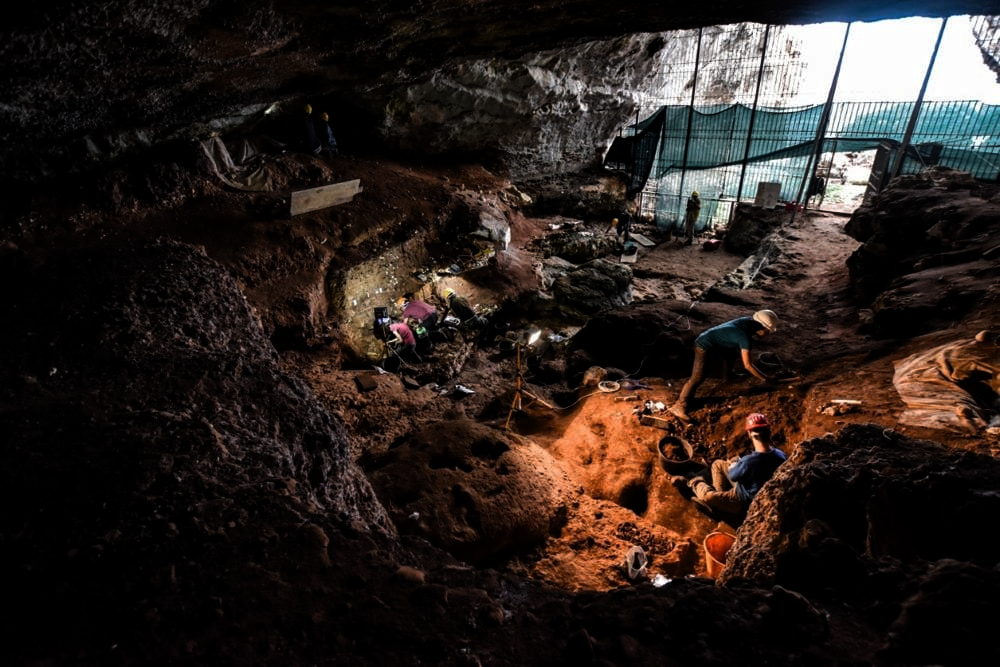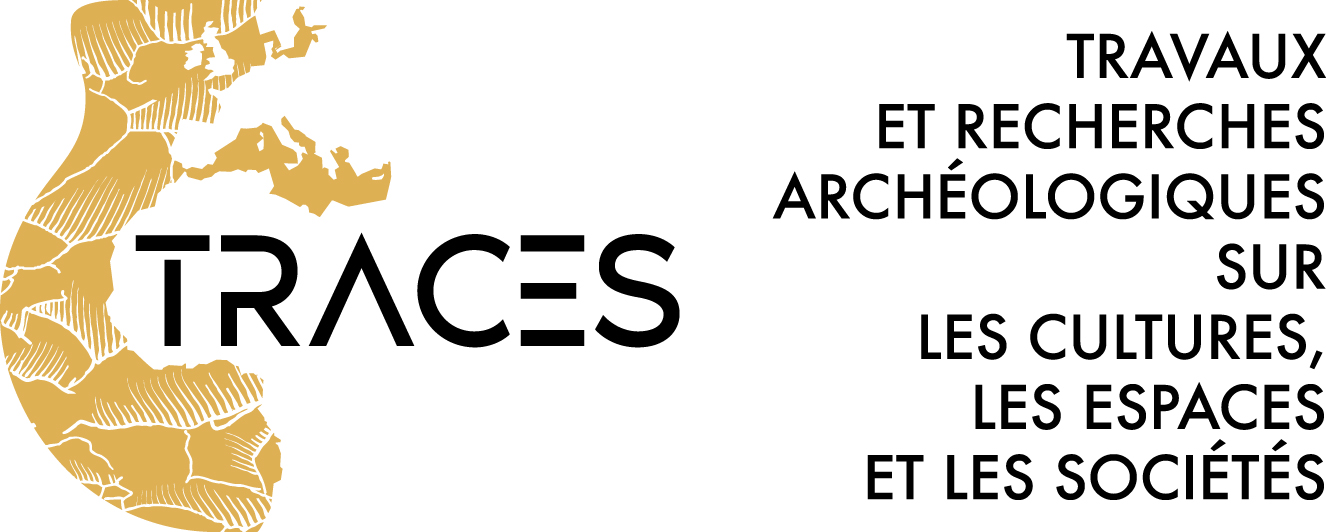-
Partager cette page
The last cave lion of the late Upper Palaeolithic

The engraved feline of Grotta Romanelli (southern Italy)
- Almost 80 years after its discovery, a decorated stone from Grotta Romanelli reveals significant novelties about the art of the last hunter gatherer societies of Italy and Europe.
- The feline figure again examined with advanced analytical techniques witnesses the last representation and also the last evidence of cave lions in Europe.
- The interdisciplinary approach fixed the chronology of this image which was done around 12.000 years ago.
- This image confirms the importance of lion in the last Upper Palaeolithic cultures all over Europe.
- Thanks to the application of spectroscopic techniques it was possible to confirm that decorated stone was engraved and painted too, so now we can hypothesise that painting was a common practice in Grotta Romanelli.
Communiqué
As part of the research project “Dec.O.- Decorated Objects of Romanelli Cave, a key site of the Late Pleistocene-Early Holocene Mediterranean” conducted by Dario Sigari at the French CNRS laboratory TRACES in Toulouse and the Institute of Heritage Science of the Italian CNR, the last evidence of a cave lion in Europe was recognised.
This evidence consists of a figure engraved on a stone found in Grotta Romanelli (Castro, southern Italy) over 80 years ago.
The artefact, now stored at the Museo delle Civiltà in Rome, which kindly granted permission for the research, was found in the late 1930s by A.C. Blanc
Thanks to the new systematic study of all the portable art in Grotta Romanelli, funded by the Fondation Fyssen, and thanks to an interdisciplinary approach involving specialists from different institutions (CNRS, Université Jean-Jaurés, ISPC-CNR, La Sapienza, Universidad Complutense de Madrid, Università di Milano, Università di Torino, IGAG-CNR, Università di Cagliari) it has been possible to clarify more precisely which animal was represented, what techniques were used to decorate the block and when.
“The answer to these points has opened up interesting perspectives on the art of Grotta Romanelli” says Dario Sigari. “The depiction was made between 12,700 and 11,000 years ago, when few cave lion specimens were still present in Europe, apparently in southern Italy. And the one depicted in Grotta Romanelli offers the temporal limit, beyond which we no longer have any traces of this animal on our continent”.
The work, published in the international journal Quaternary Science Reviews, unveils further details on the artistic tradition of Grotta Romanelli, demonstrating how the environmental context influenced the development of a symbolic-figurative heritage and how the lion was an important figure for prehistoric populations, as would justify its presence in European parietal and portable art.
In addition to the lion, the block is engraved with a European wild ass (Equus hydruntinus), a series of lines in no apparent order, and a fringed rectangle that was made before the lion.
“With great surprise,” Sigari then declares, “we found that the stone has a series of scrapings due to the preparation of the surface, and furthermore, the surface where the lion is standing shows traces of red pigment that reveal the use of ochre”. The technical, stylistic and thematic aspects thus fully place the art of Grotta Romanelli in the artistic tradition of the late Upper Palaeolithic period in Europe.
Finally, Sigari concludes, “the interdisciplinary nature of this work emphasises the importance of this type of approach in research, as well as the need to review old collections that still have so much to unveil, and, in this specific case, opens up new research perspectives on the symbolic value of felines for Palaeolithic populations, and on the extinction of the cave lion in Europe”.






